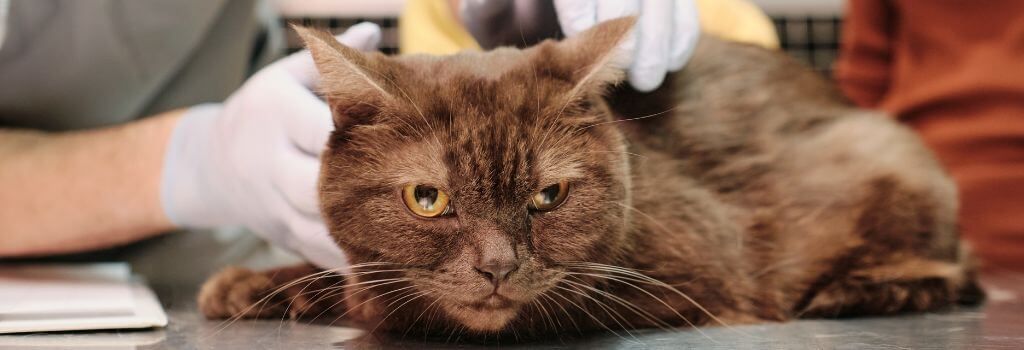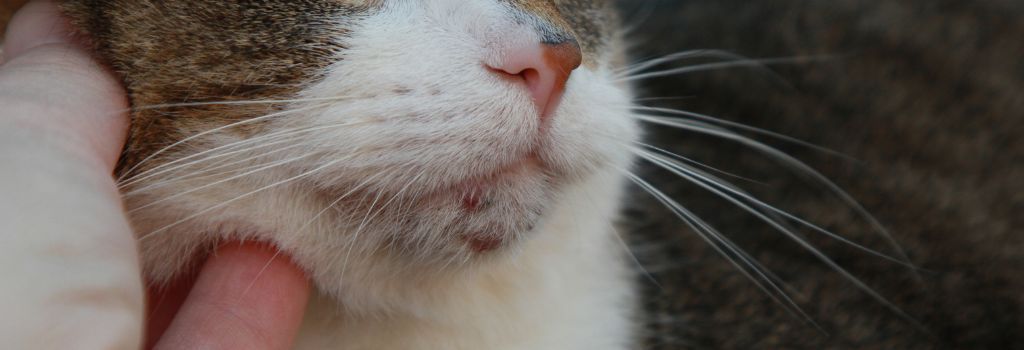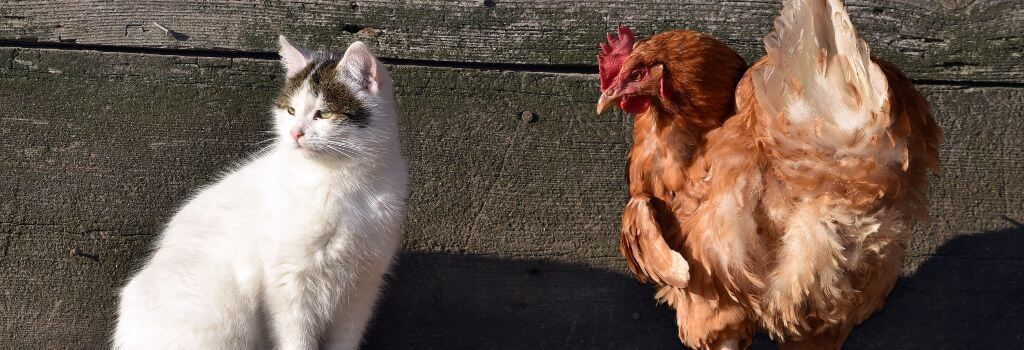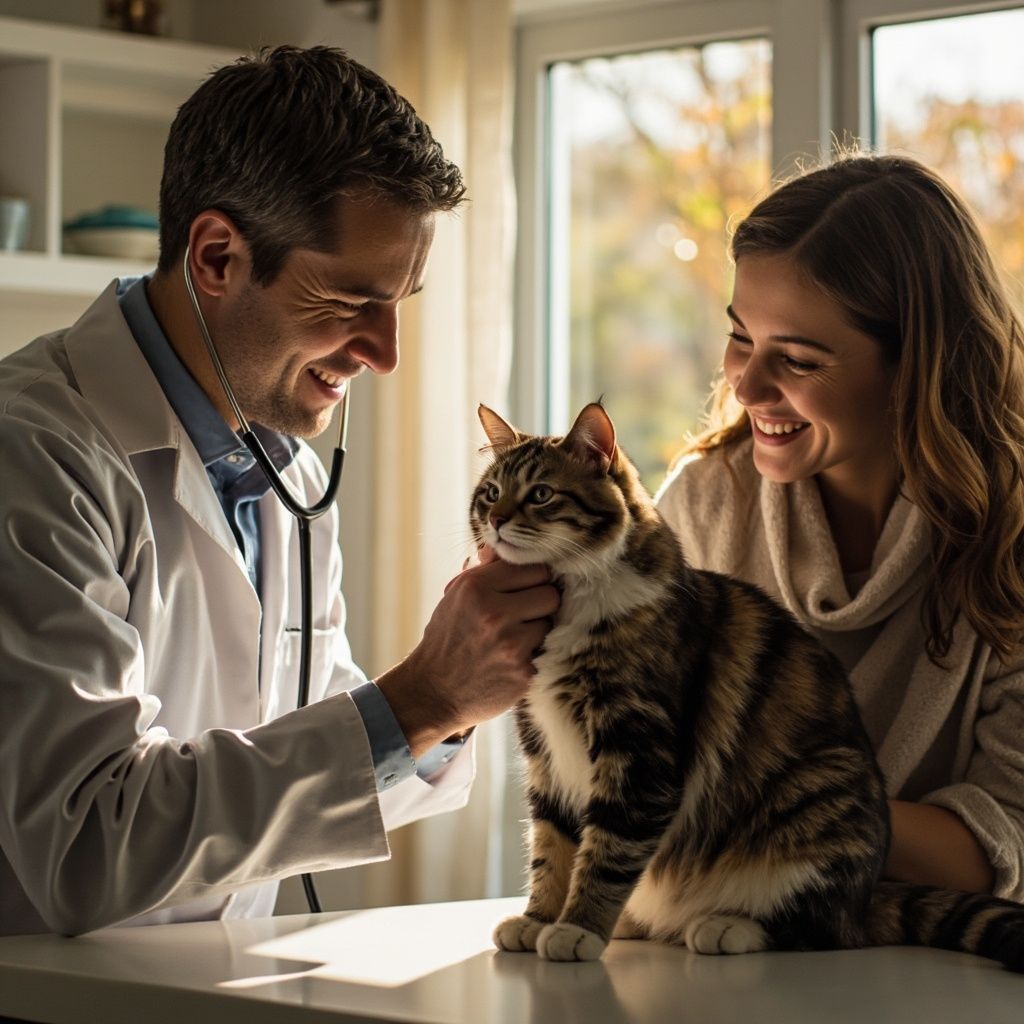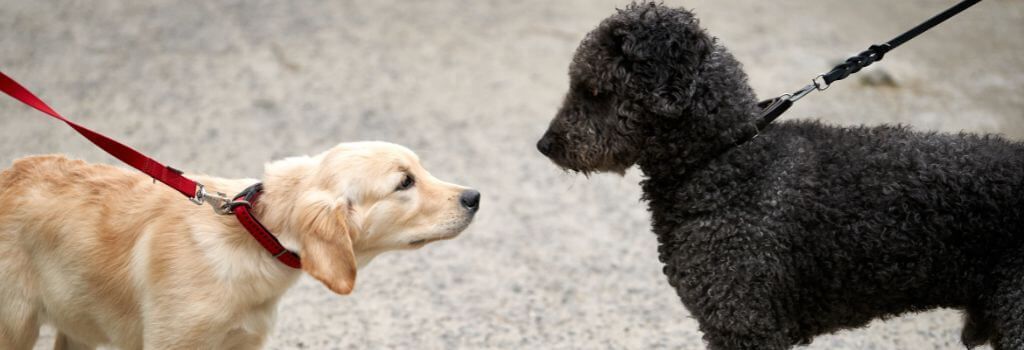Unleashing Good Behavior: When’s the Right Time for Dog Training?
We all love a dog who can shake, speak, and roll over, but good behavior goes much deeper than party tricks. Today, we'll tackle pieces of the transformative journey of dog training.
As a veterinarian with years of experience, I've seen the difference that timely and effective training can make in the lives of dogs and their families. The question isn't just if you should train your dog, but when. Understanding the role of your veterinarian in this process can enhance your dog's training journey, helping them to grow into well-adjusted, happy pets.
The Right Time for Training: It's Earlier Than You Think
The early bird gets the worm, and training your pup is no different! One common misconception is that puppies must reach a certain age before training begins. In reality, training starts the moment your furry friend steps paw into your home. Puppies are like sponges, eager and ready to soak up everything they can learn about the world around them. Starting with basic directives like "sit," "stay," and "come" as early as eight weeks old can set a strong foundation for more advanced training later on.
Training isn't just about commands and control; it's about nurturing good manners. The goal is for our dogs to be well-behaved members of society. Start as soon as possible – good behaviors and manners tend to stick better when learned early. Think of unwanted behavior as a habit – the more a dog practices it, the more ingrained it becomes. Addressing behaviors early on can prevent them from becoming rooted, making the training process more straightforward and effective.

Breed-Specific Behavior Tendencies and Traits
While certain breeds may exhibit consistent behavior patterns due to their genetic makeup, it's important to treat each dog as an individual. Overgeneralizing based on breed can lead to misconceptions and unfair treatment, as seen in breed-specific legislation.
Selecting the right dog breed for your family is also an important piece of the puzzle of creating a match between your training goals and your pet’s needs. Certain breeds come with a predisposition for specific behaviors, such as herding, guarding, or serving as companions. For instance, if your heart is set on a companion to snuggle up on the couch and have basic manners, breeds known for their calm and affectionate demeanor might suit you best.
On the flip side, if you're enthusiastic about agility, sports, or work, opting for a breed that thrives on physical activity and mental challenges would be ideal. Understanding these breed-specific traits can guide you in choosing a dog that aligns with your expectations, ensuring a fulfilling relationship for both you and your pet from the get-go. Early recognition of these traits is also instrumental in tailoring your training approach to bring out the best in your dog, paving the way for a well-adjusted and happy canine member of your family.
Is Change Possible in Dogs with Behavior Problems?
Absolutely! It’s true, I haven’t met every dog on the planet, but the majority of dogs are trainable. In most cases, your dog's behaviors are learned, which means they can unlearn them too. The flexibility of the canine nervous system allows for remarkable adaptability. Whether it's replacing unwanted behaviors or extinguishing them completely, there's always room for positive change.
While there's no one-size-fits-all solution to behavioral training, the diversity of techniques available means that there's almost always a way to address and modify any given issue. From nuisance behaviors like excessive barking to more complex issues like separation anxiety, there's a spectrum of behaviors that dogs exhibit. Addressing these effectively requires a blend of behavior modification techniques, management strategies, and sometimes even medication.
In future discussions, we'll delve deeper into specific strategies for various behavioral challenges. However, the foundation of any successful training journey begins with a positive mindset and knowing your dog's potential to learn and adapt.

Your Vet's Role in Behavioral Management
Your veterinarian is a valuable resource in your dog's training process. We're not only here to address physical health concerns but also to support your dog's behavioral health. During routine check-ups, feel free to discuss any behavior concerns or questions you might have. We can provide insights into breed-specific characteristics that might influence training methods or suggest behavioral signs that indicate readiness for certain types of training.
One important note is that as your veterinarian, we will first rule out any physical reasons or illnesses for behavioral changes. After that, we can guide you on managing your dog's behavior, recommend a skilled trainer, or refer you to an animal behavior specialist.
Prevention is better than cure. A well-balanced diet, a healthy environment, regular exercise, and a stable social structure at home can significantly reduce the likelihood of behavior problems developing.
The Impact of Spaying or Neutering
In the clinic, we hear about spaying and neutering as a cure from a lot of pet owners. While spaying or neutering can eliminate certain behaviors linked to reproductive hormones, it's not a catch-all solution for behavioral issues. A multifaceted approach is often required for lasting behavioral change. This is another reason to have a check-in with your pet's veterinarian!
No Time Like the Present
Whether it's addressing minor behavioral quirks or more significant issues, remember that the environment plays a pivotal role in shaping your dog's behavior. Ignoring the root causes or triggers can lead to persistent problems. Behavioral challenges don't typically resolve on their own, and early professional intervention can be key. The longer the problem behavior occurs, the more difficult it is to change. Practice may not make it perfect, but it sure will make it permanent.
Starting early training and setting expectations is easier than correcting behavior issues later on. So, embrace early training with patience and persistence, and don't hesitate to seek professional guidance when needed.
If you have questions and you'd like to reach out to us, you can call us directly at (859) 625-5678. Don't forget to follow us on social media Facebook , Instagram.
Recent Posts

